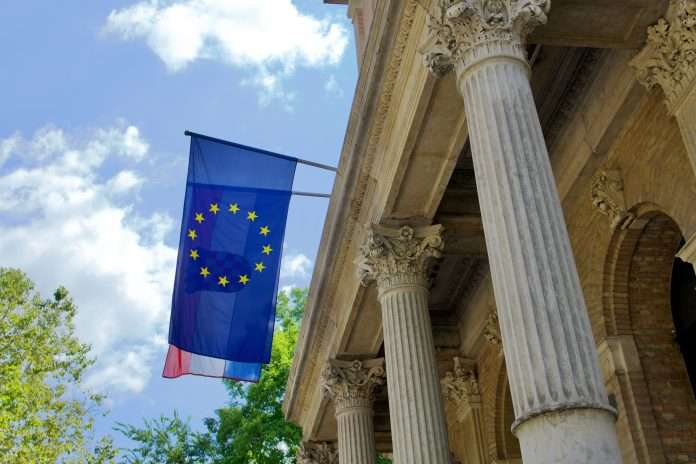The recent Europol report in October 2024 has thrown light on the formidable nature of organized crime across Europe, revealing a complex web of 821 major criminal networks identified for their agility, borderlessness, and destructiveness.
According to Moody’s, these networks, adept in adapting and operating globally, wield violence and corruption to control a myriad spectrum of criminal activities ranging from drug trafficking and fraud to human trafficking and smuggling.
Europol’s findings underscore the extensive integration of these criminal enterprises within the legitimate economic sphere, exploiting financial systems and business entities to launder their illicit gains. By corrupting officials and creating front or shell companies, these groups not only facilitate but also mask their criminal operations, posing severe challenges to legal frameworks and enforcement bodies.
In response, the European Commission has articulated a robust, multi-faceted strategy to tackle these threats head-on. Key to this strategy is the establishment of a new Anti-Money Laundering Authority (AMLA) and the evolution of financial crime regulations. Enhancing the capabilities for financial and digital investigations and fostering international law enforcement cooperation are pivotal in dissecting and dismantling these criminal networks.
The depth of criminal infiltration into legitimate business structures is alarming. Criminals often ascend to upper managerial roles or establish companies that serve as fronts for laundering. Moreover, they deploy sophisticated methods like using minors for crime execution to evade detection and employing professionals like lawyers and financial experts to secure their operations against legal scrutiny.
With the advancement in technology, criminal networks have turned to encryption and artificial intelligence to refine their operations, making face-to-face interactions redundant and maintaining anonymity. Furthermore, they offer their criminal expertise as a “service” to other networks, specializing in areas like trafficking or smuggling, demonstrating an organized, business-like approach to crime.
This landscape demands a unified and holistic risk management strategy within businesses, where compliance, operational, and risk teams work in concert to unearth and manage risks. It is crucial that all potential connections of a corporate entity, be it as a customer or supplier, are transparent and scrutinized to prevent misuse.
The necessity for corporate transparency has never been more critical. Businesses, third-party service providers, and government entities must collaborate extensively to devise and implement effective countermeasures against these criminal undertakings. By leveraging cutting-edge technologies such as AI, these stakeholders can enhance their ability to identify and verify beneficial ownership, detect sanctions risks, and monitor suspicious corporate behaviors effectively.
Starting with enhanced due diligence into corporate structures that are more susceptible to criminal activity, such as shell, shelf, and front companies, can provide critical leads. Moody’s recent study identifies several indicators of potential misuse, such as circular ownership, outlier directorships, and financial anomalies, which should guide investigative efforts.
As EU markets face increasing threats from these organized crime networks, a dynamic and integrated approach to financial crime is indispensable. Collaborative efforts across different sectors and enhanced communication are key to understanding and mitigating the risks associated with these pervasive criminal activities.





